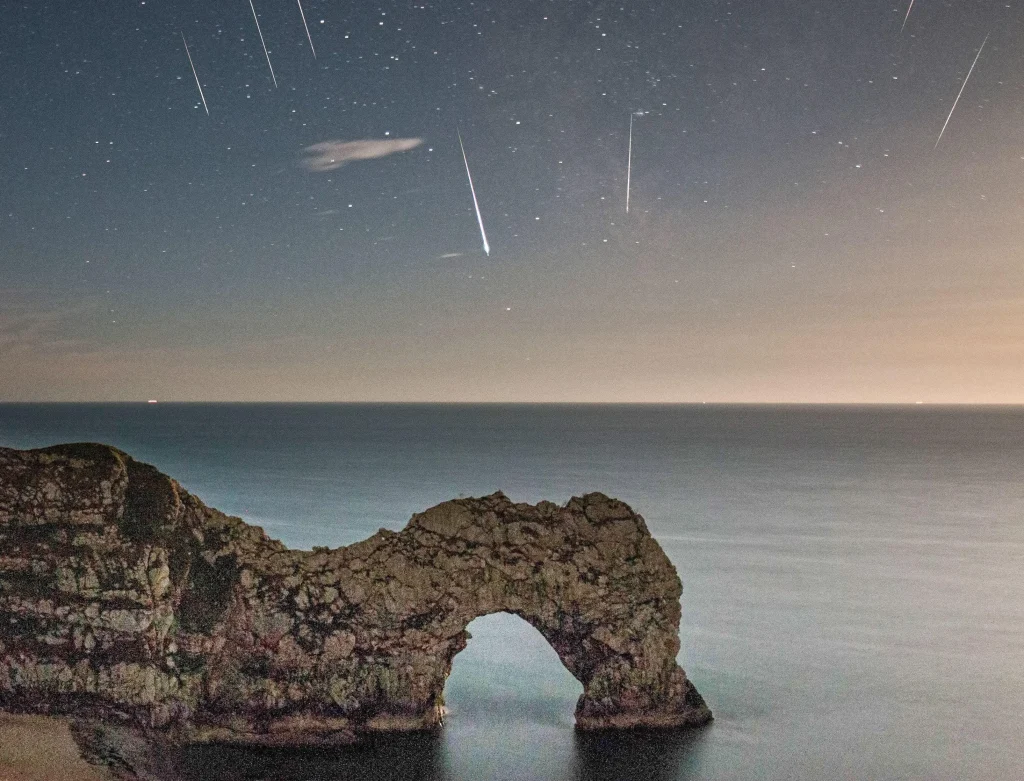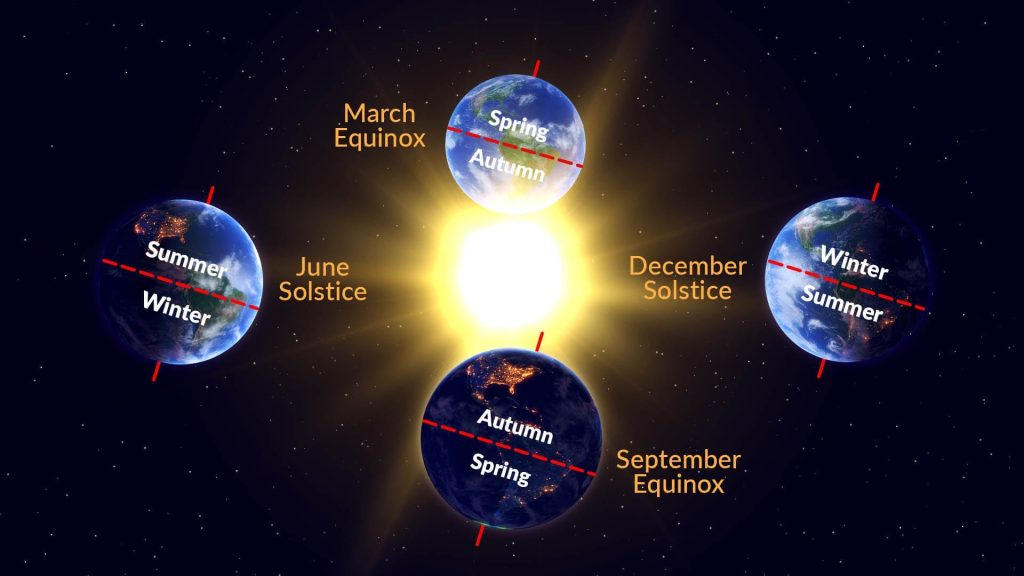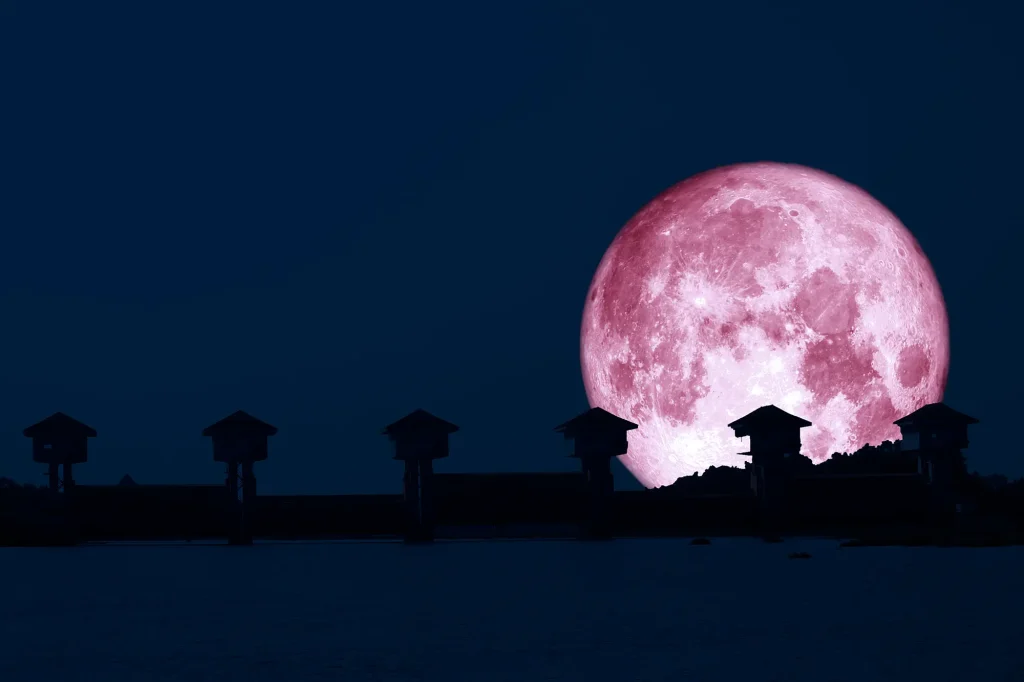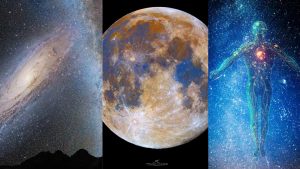Your Astronomical Calendar to All Sky Spectacles in June 2024
30th May 2024
As summer draws near, the night sky prepares to dazzle us with its spectacular show. June 2024 promises a mesmerising lineup of celestial events, from glittering meteor showers to striking planetary alignments and breathtaking lunar phenomena. Below, you can find a comprehensive list of astronomical events to look out for!
3 June: Large Planetary Parade

On this day, scientists predict that six planets—Mercury, Mars, Jupiter, Saturn, Uranus, and Neptune—will align in the early morning sky. This large planetary alignment sounds thrilling, but not all the planets will be equally easy to spot.
Which planets will be easier to observe? Do you need a pair of binoculars to spot the planets? When, exactly, is it going to happen? Explore more about this celestial event in our article: Myth or Marvel? The Six-Planet Alignment in June 2024.
6 June: New Moon
It’s a perfect opportunity for stargazing. With the Moon on the same side of the Earth as the Sun, it won’t be visible in the night sky, creating ideal conditions for observing stars and planets. This phase occurs at 12:39 UTC. Take advantage of this moonlight-free night to spot faint objects like galaxies and star clusters without any interference from moonlight.
7-10 June: Daytime Arietids’ Peak

June brings us the peak of the Daytime Arietids, the strongest daytime meteor shower of the year. On June 7, this shower delivers up to 30 “shooting stars” per hour, visible just before dawn. However, catching a glimpse of these meteors isn’t easy, making it a rewarding challenge for dedicated observers. The meteor shower will be visible from the Southern hemisphere.
20 June: Summer Solstice
At 20:46 UTC, the June solstice arrives. The North Pole tilts toward the Sun, signifying the beginning of summer in the Northern Hemisphere and winter in the Southern Hemisphere. At 20:50 GMT, the solstice reaches its peak. In the Northern Hemisphere, the Earth leans closest to the Sun, resulting in the longest day and shortest night—the summer solstice. Conversely, in the Southern Hemisphere, the Earth tilts farthest from the Sun, ushering in the shortest day and longest night—the winter solstice.

Dive deeper into that phenomenon with the help of our article! Summer Solstice 2024: The Start Of Summer And The Longest Day Of The Year
22 June: Full Moon
Get ready to witness the Full Moon, affectionately known by various Indigenous American tribes as the Strawberry Moon (Chippewa/Ojibway, Algonquin), the Windy Moon (Choctaw), and the Hot Weather Moon (Ponca).

On Saturday, June 22, the Full Strawberry Moon will illuminate the night sky, reaching its peak brightness at 01:08 GMT. Observers can enjoy its fully illuminated beauty for about a day before and after this zenith. Watch after sunset on Friday, June 21, as the Moon rises above the southeastern horizon, appearing larger and adorned with a yellow hue.
This Full Moon arrives shortly after the June 20 solstice, making it appear unusually low in the Northern Hemisphere sky, even during the midnight hours. Conversely, in the Southern Hemisphere, it will grace the sky higher than usual.
Why is the Strawberry full moon pink? What does it symbolise in astrology? Read all about it here: Strawberry Moon 2024: A Fascinating Wonder To See In June.
Happy stargazing, space enthusiast! OrbitalToday wishes you clear skies and endless discoveries as you explore the universe’s wonders above. Keep looking up, and let the stars be your guide.






Thank you for your comment! It will be visible on the site after moderation.